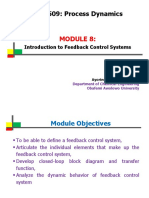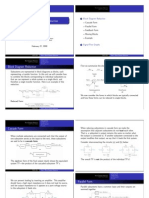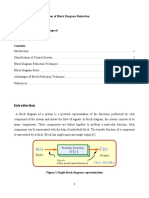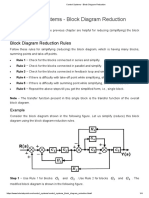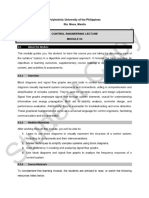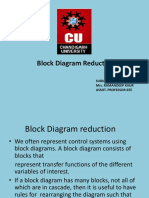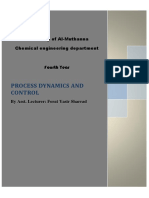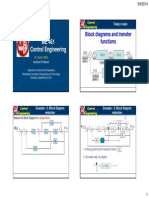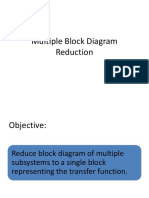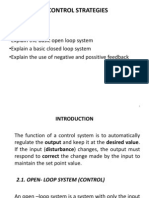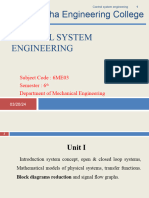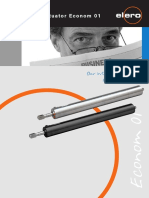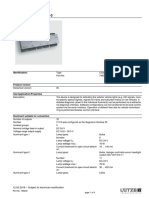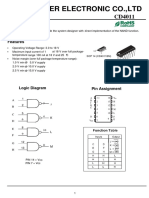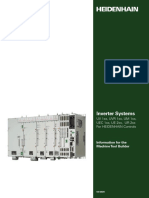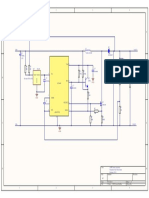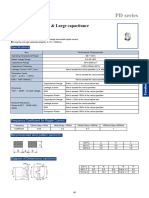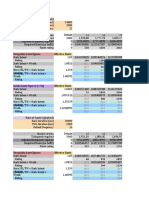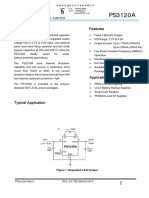0% found this document useful (0 votes)
23 views38 pagesModule 3 - Block Diagram Reduction - 1
This document covers the topic of block diagram reduction in process instrumentation and control, specifically focusing on the development and simplification of block diagrams for control systems. It discusses various components such as controllers, transducers, and control valves, and their respective transfer functions. Additionally, it outlines the standard forms of block diagrams and the rules for reducing them to simpler forms for analysis.
Uploaded by
ashokkumart674Copyright
© © All Rights Reserved
We take content rights seriously. If you suspect this is your content, claim it here.
Available Formats
Download as PDF, TXT or read online on Scribd
0% found this document useful (0 votes)
23 views38 pagesModule 3 - Block Diagram Reduction - 1
This document covers the topic of block diagram reduction in process instrumentation and control, specifically focusing on the development and simplification of block diagrams for control systems. It discusses various components such as controllers, transducers, and control valves, and their respective transfer functions. Additionally, it outlines the standard forms of block diagrams and the rules for reducing them to simpler forms for analysis.
Uploaded by
ashokkumart674Copyright
© © All Rights Reserved
We take content rights seriously. If you suspect this is your content, claim it here.
Available Formats
Download as PDF, TXT or read online on Scribd
/ 38

